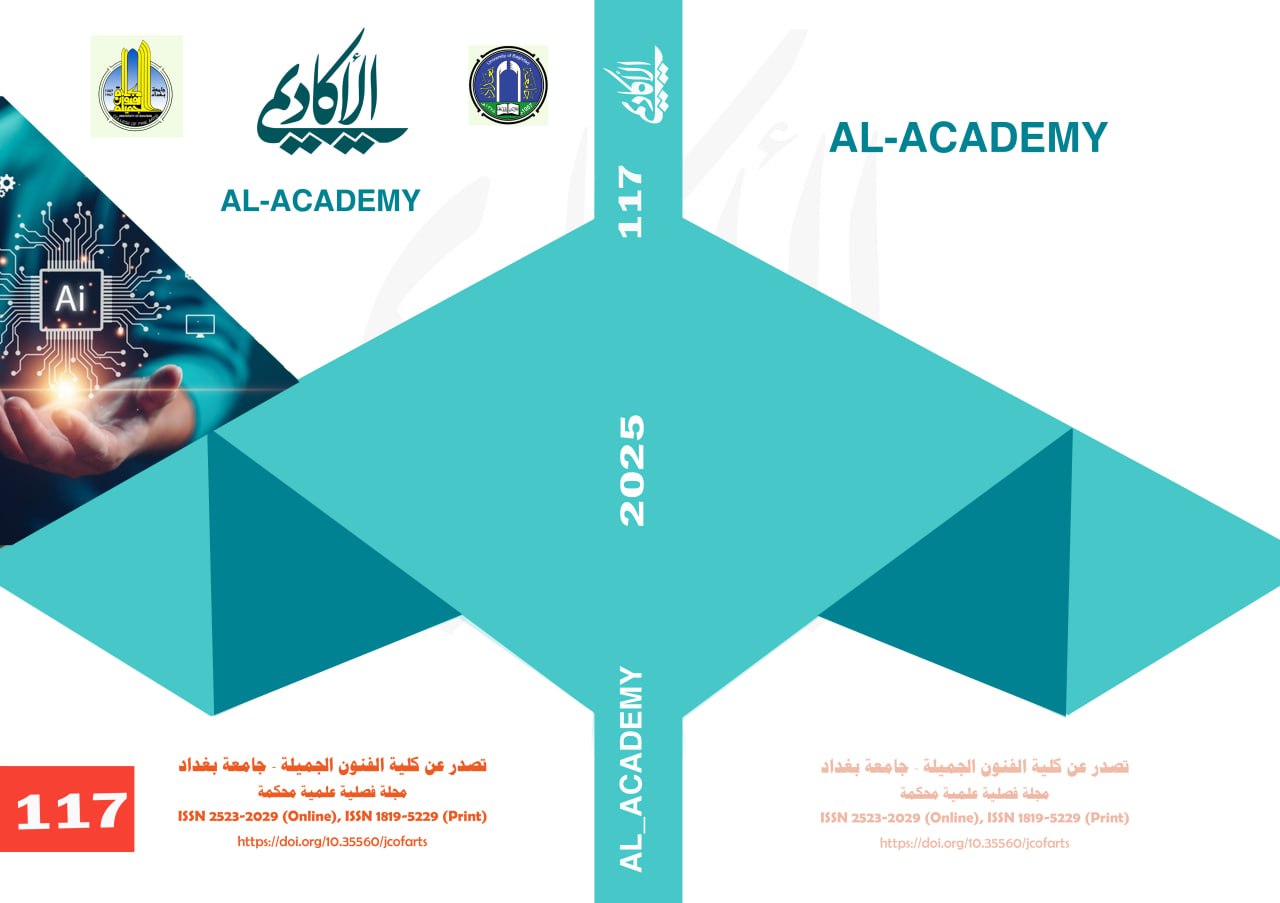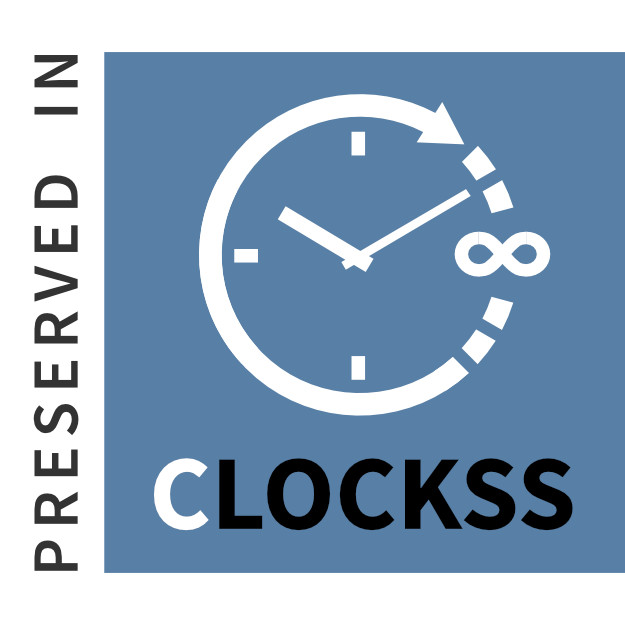The Role of Color and Light in Healthcare Environments: An Empirical Study at Al-Majardah General Hospital, KSA
DOI:
https://doi.org/10.35560/jcofarts1647Keywords:
Color Psychology, Lighting Design, Healthcare Interiors, Patient Experience, Environmental Design, Staff Well-beingAbstract
Designing effective healthcare environments necessitates a nuanced understanding of how architectural elements—particularly color and lighting—affect users’ psychological and physiological well-being. This study investigates the impact of these elements within Al-Majardah General Hospital in Saudi Arabia through open-ended interviews conducted with patients, healthcare staff, and design professionals. The findings indicate that spatial variables—such as chromatic schemes, lighting quality, acoustic and thermal comfort, ergonomic furniture, and access to natural views—play a significant role in shaping users’ emotional states, behavioral responses, and recovery trajectories. Importantly, these effects vary across demographic and functional groups, underscoring the need for inclusive and adaptive design strategies. This research offers evidence-based insights for healthcare designers, administrators, and policymakers seeking to enhance healing environments through informed spatial interventions.
Keywords: Color Psychology, Lighting Design, Healthcare Interiors, Patient Experience, Environmental Design, Staff Well-being
References
Al-Fatlawi, S., & Al-Bayati, L. (2022). Color identity in institutional architecture. Journal of Fine Arts (Iraq), 34(2), 45–58.
Al-Mousawi, A. H. (2021). Psychological impact of color schemes in educational spaces. Journal of Fine Arts (Iraq), 33(1), 19–34.
Balabanoff, M. (2023). Adaptive lighting in emergency healthcare units. Health Environments Research & Design Journal, 16(1), 20–37.
Barrett, P., Davies, F., Zhang, Y., & Barrett, L. (2019). The impact of classroom design on pupils’ learning: Final results of a holistic, multi-level analysis. Building and Environment, 89, 118–133.
Boyce, P. R. (2010). Lighting for hospitals: A guide to visual ergonomics. Routledge.
Choi, J. H., & Beltran, L. O. (2021). Impact of indoor environmental quality on patient recovery: A literature review. Journal of Building Performance, 12(1), 37–51.
Danilov, V., Shishkina, T., & Kosenko, I. (2020). Daylight design strategies in health facilities. Lighting Research & Technology, 52(6), 705–716.
Delcampo‐Carda, R., Carrión-Mero, P., & Contreras, M. (2019). Environmental quality and patient recovery. Building and Environment, 156, 180–191.
Devlin, A. S. (2020). Transforming the doctor’s office: Principles from environmental psychology. Health Environments Research & Design Journal, 13(1), 142–155.
Figueiro, M. G., Steverson, B., Heerwagen, J., & Rea, M. S. (2021). The impact of lighting on circadian regulation, sleep, and mood in healthcare settings. Neurobiology of Sleep and Circadian Rhythms, 10, 100068.
Gesler, W. M., Bell, M., Curtis, S., Hubbard, P., & Francis, S. (2020). Therapy by design: Evaluating the therapeutic architecture of a mental health hospital. Health & Place, 61, 102243.
Han, S., Kim, D., & Lee, J. (2018). The emotional effect of warm and cool colors in healthcare interiors. Color Research & Application, 43(1), 45–55.
Huisman, E. R., Morales, E., van Hoof, J., & Kort, H. S. (2021). Healing environment design: A review of theory and practice in healthcare architecture. Building Research & Information, 49(1), 1–15.
Küller, R. (2020). Environmental assessment of color and light: Their psychological implications. Color Research & Application, 45(4), 602–612.
Martini, M., & Ferri, F. (2023). Multisensory perception and emotional design in healthcare spaces. International Journal of Environmental Research and Public Health, 20(4), 3091.
McGee, L., & Park, J. (2022). Dynamic lighting in patient care environments. Journal of Interior Design, 47(2), 78–96.
McLachlan, R., & Leng, D. (2021). Color psychology in workplace performance. Journal of Environmental Psychology, 74, 101563.
Park, N., Lee, B., & Han, S. (2022). The relationship between hospital interior design and patient satisfaction in rehabilitation units. Healthcare Design, 18(3), 56–67.
Shepley, M. M., & Pasha, S. (2020). Design research and behavioral health facilities: A scoping review. HERD: Health Environments Research & Design Journal, 13(2), 123–139.
Ulrich, R. S., Zimring, C., Zhu, X., DuBose, J., & Seo, H. B. (2020). A review of the literature on evidence-based healthcare design. HERD: Health Environments Research & Design Journal, 13(1), 107–129.
Wikström, M., & Sandberg, E. (2020). Misalignments in healing design: The user’s voice. Scandinavian Journal of Design and Architecture, 8(1), 55–69.
Yildirim, K., Hidayetoglu, M. L., & Akalin, A. (2021). The effects of interior design elements on stress recovery: A comparative study. Journal of Environmental Psychology, 76, 101617.
Zadeh, R. S., Shepley, M. M., & Williams, G. (2022). Environmental design strategies for pediatric settings: Promoting comfort and reducing anxiety. Children’s Environments Quarterly, 29(2), 112–127.
Al-Obaidi, R. (2023). Human-centered lighting in Arabic clinical design. Journal of Fine Arts (Iraq), 35(1), 79–93.
Pallasmaa, J. (2012). The Eyes of the Skin: Architecture and the Senses (3rd ed.). Wiley.
Appia, A. (1921). The Work of Living Art. H. Beacham.
Benedetti, J. (1999). The Art of the Stage. Methuen.
Brown, A., & Wilson, L. (2018). The Sensory Stage: Multimodal Design in Performance. Routledge.
Blesser, B., & Salter, L. (2007). Spaces Speak, Are You Listening? MIT Press.
Downloads
Published
Issue
Section
License
Copyright (c) 2025 Gidaa Ali Alamry

This work is licensed under a Creative Commons Attribution 4.0 International License.













